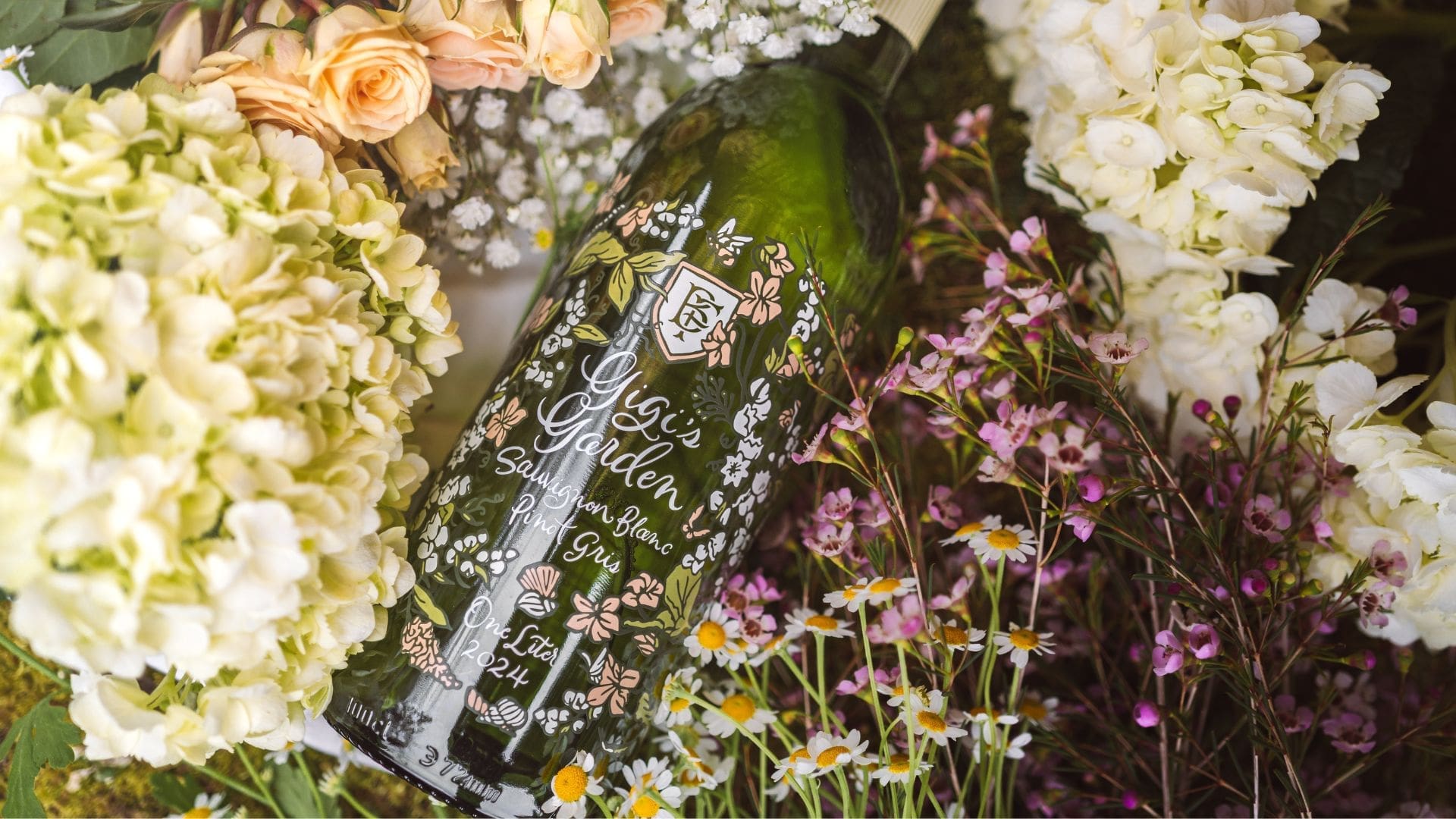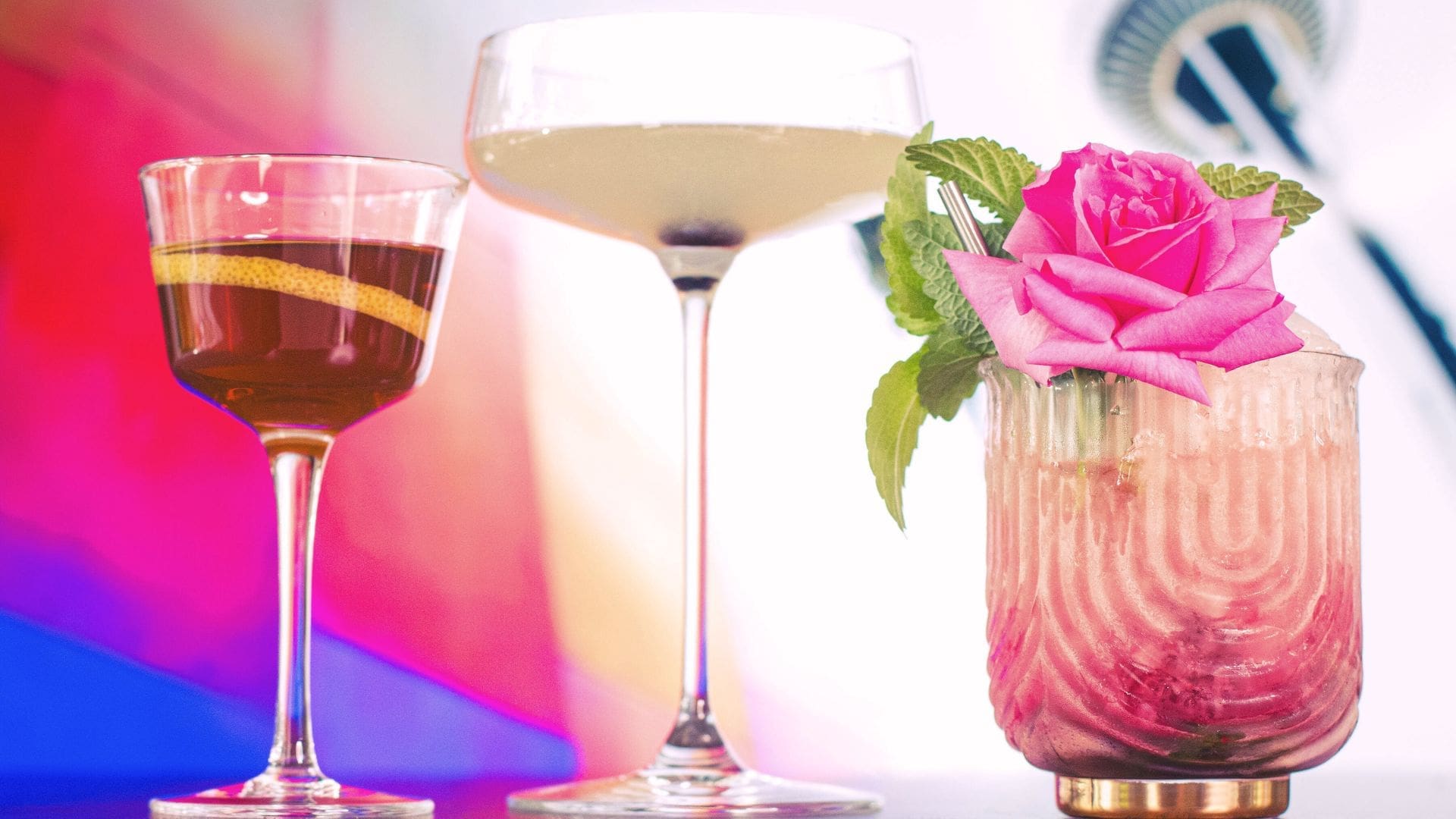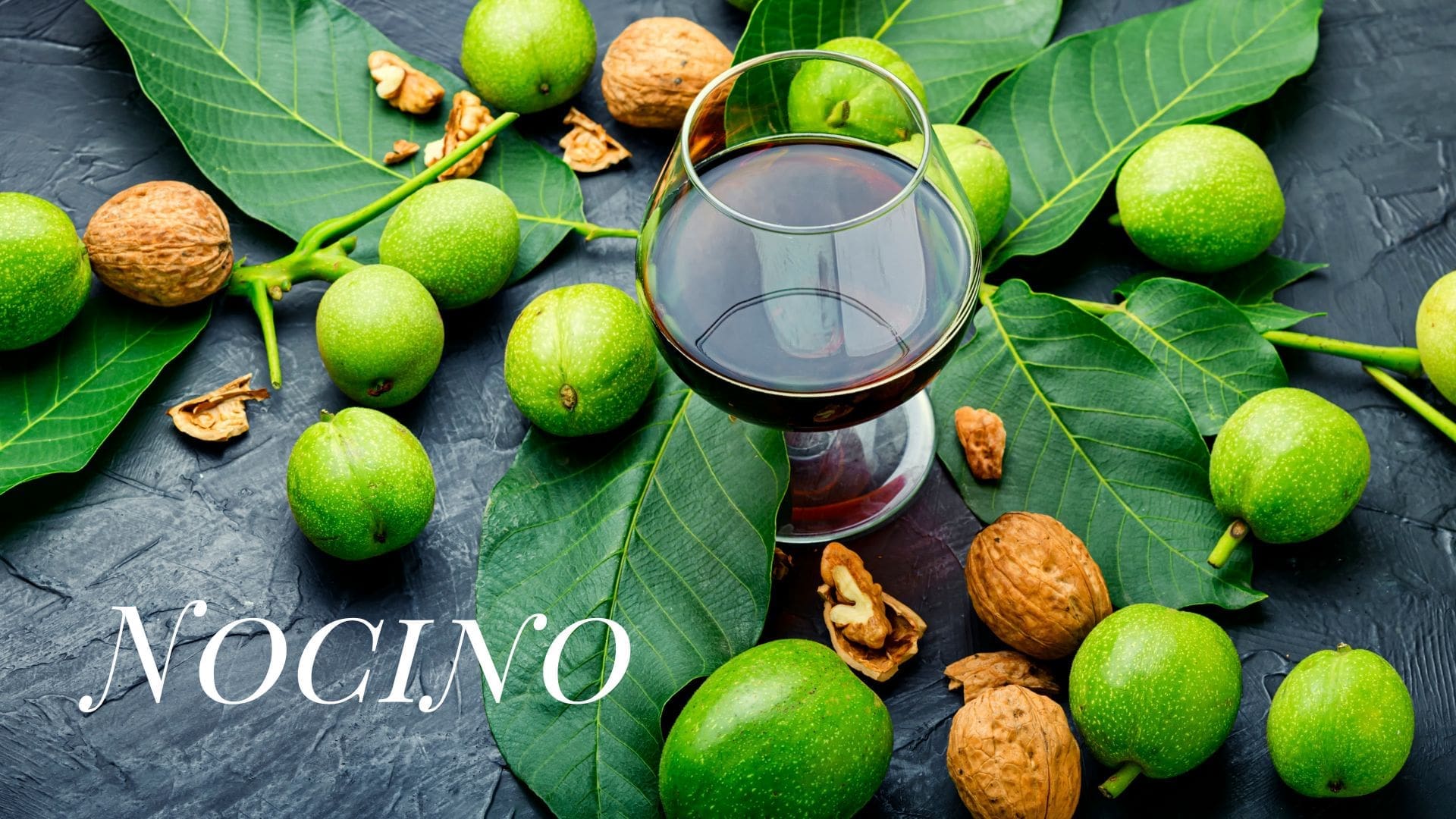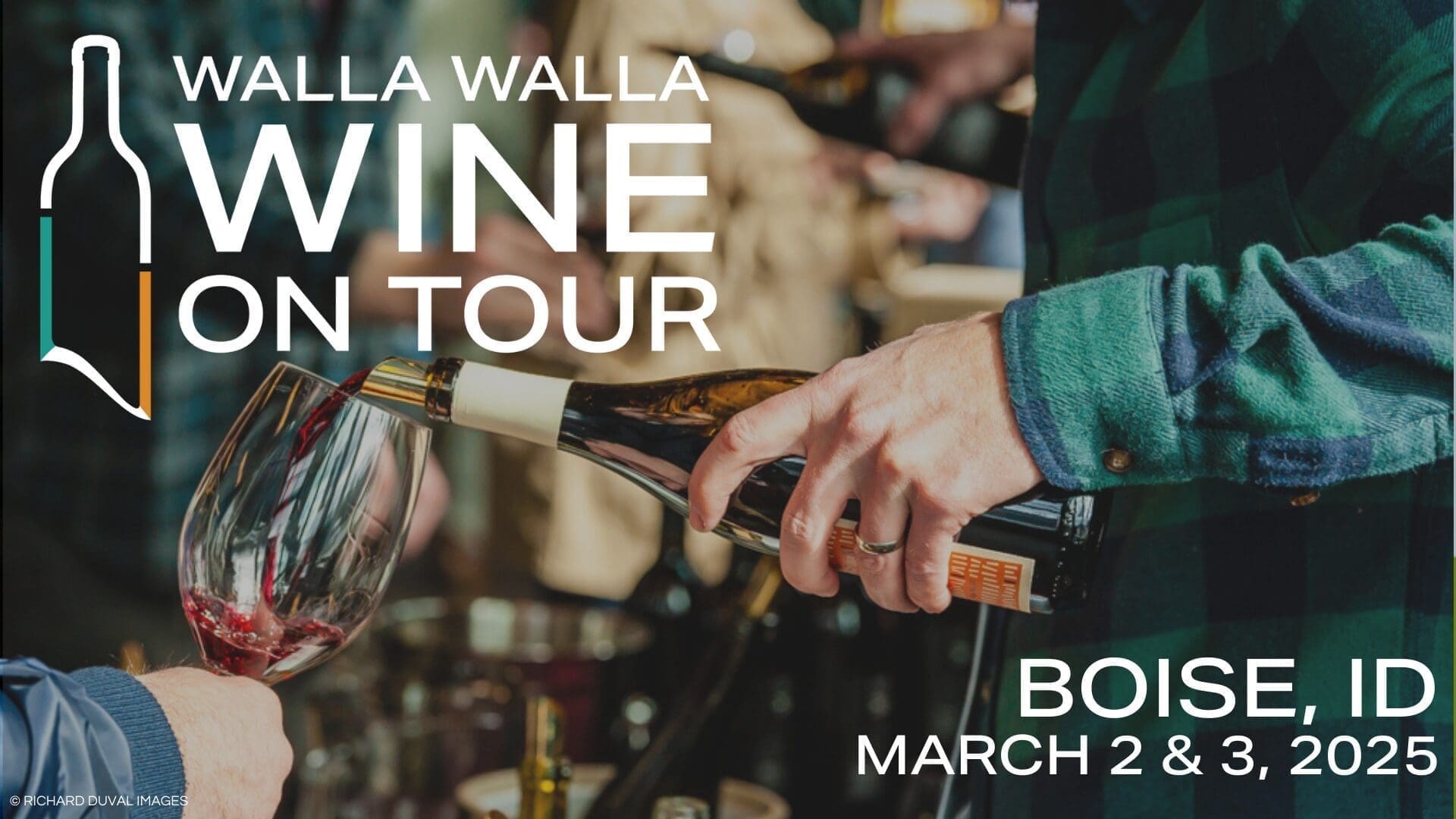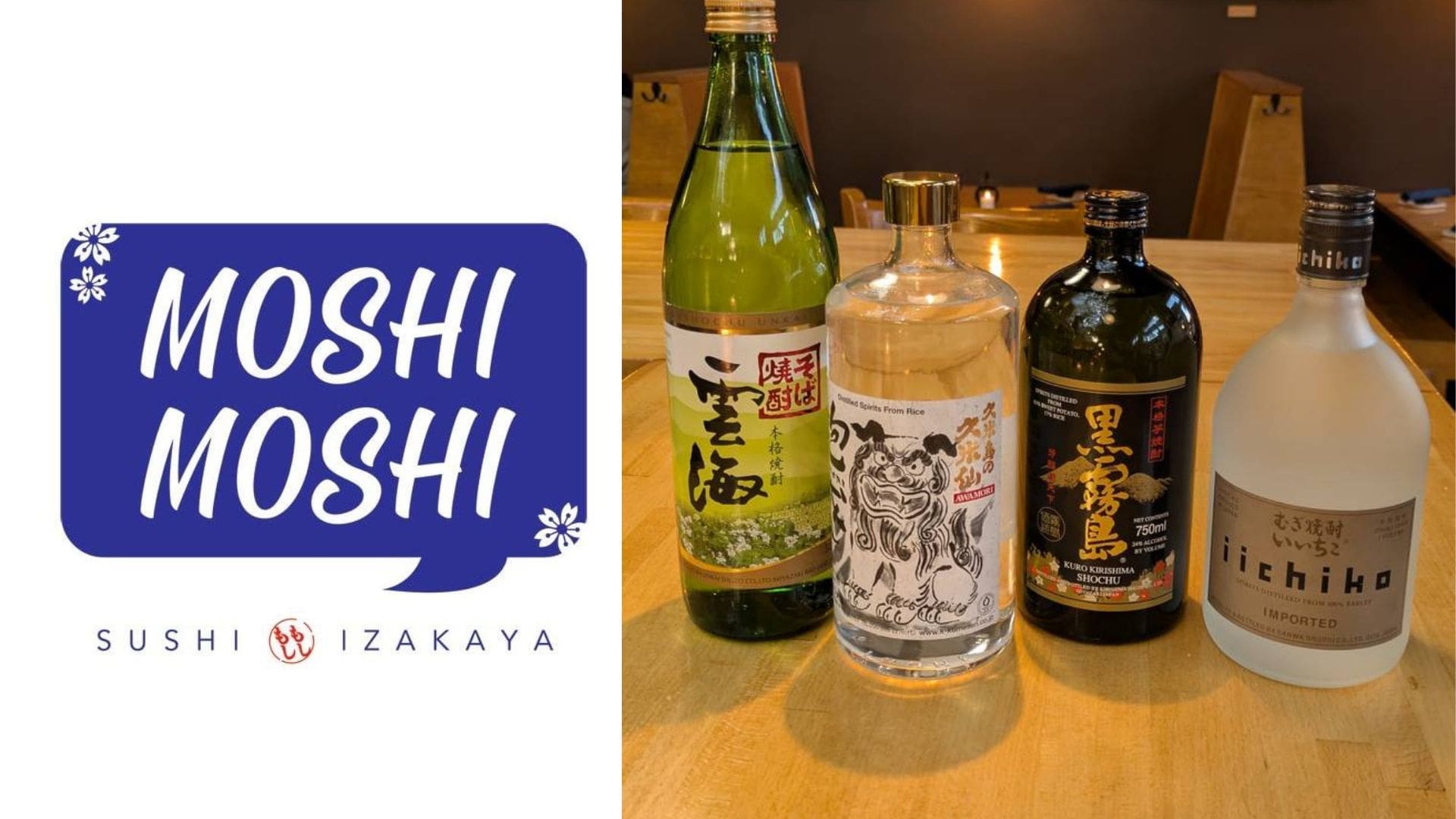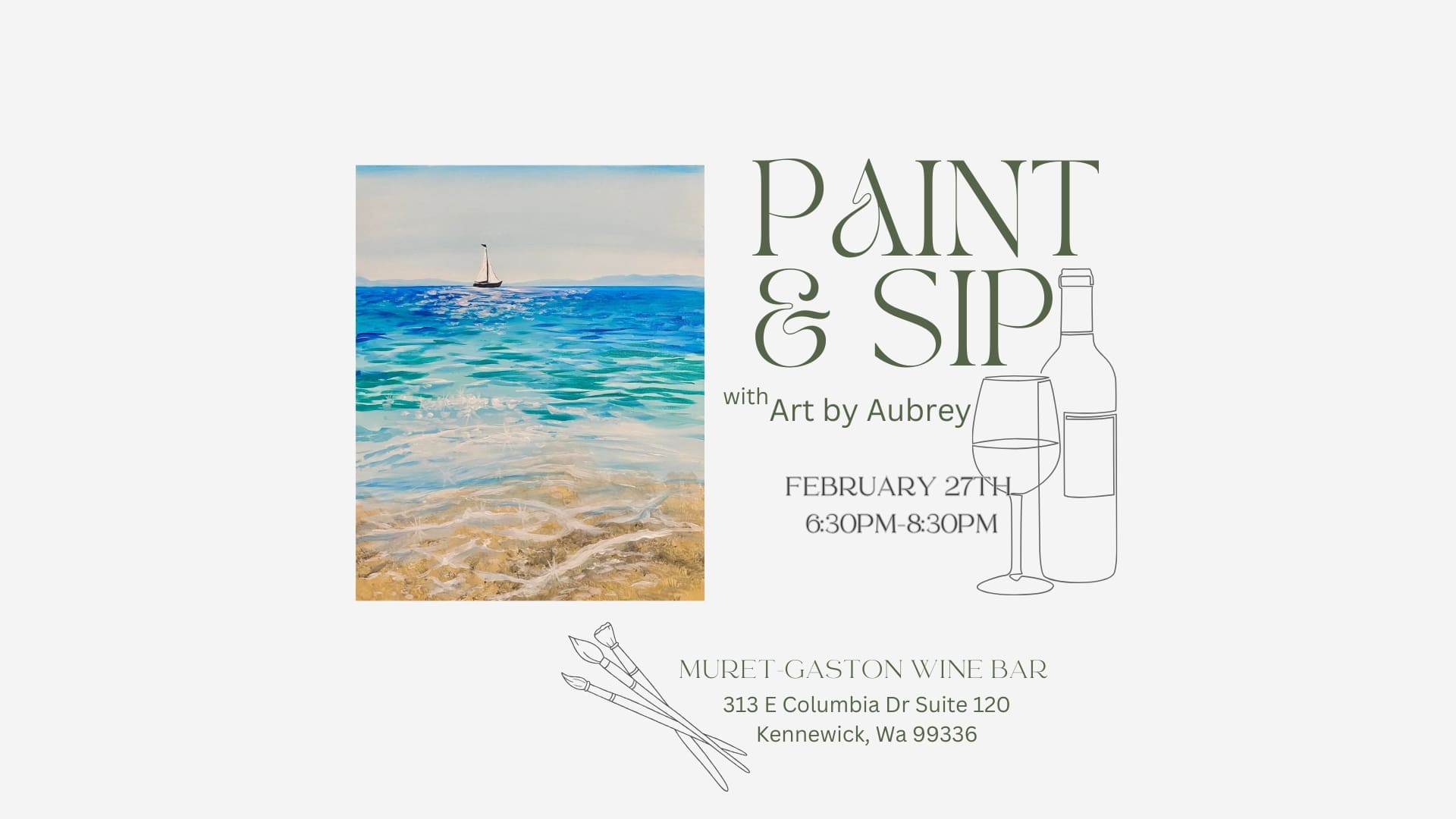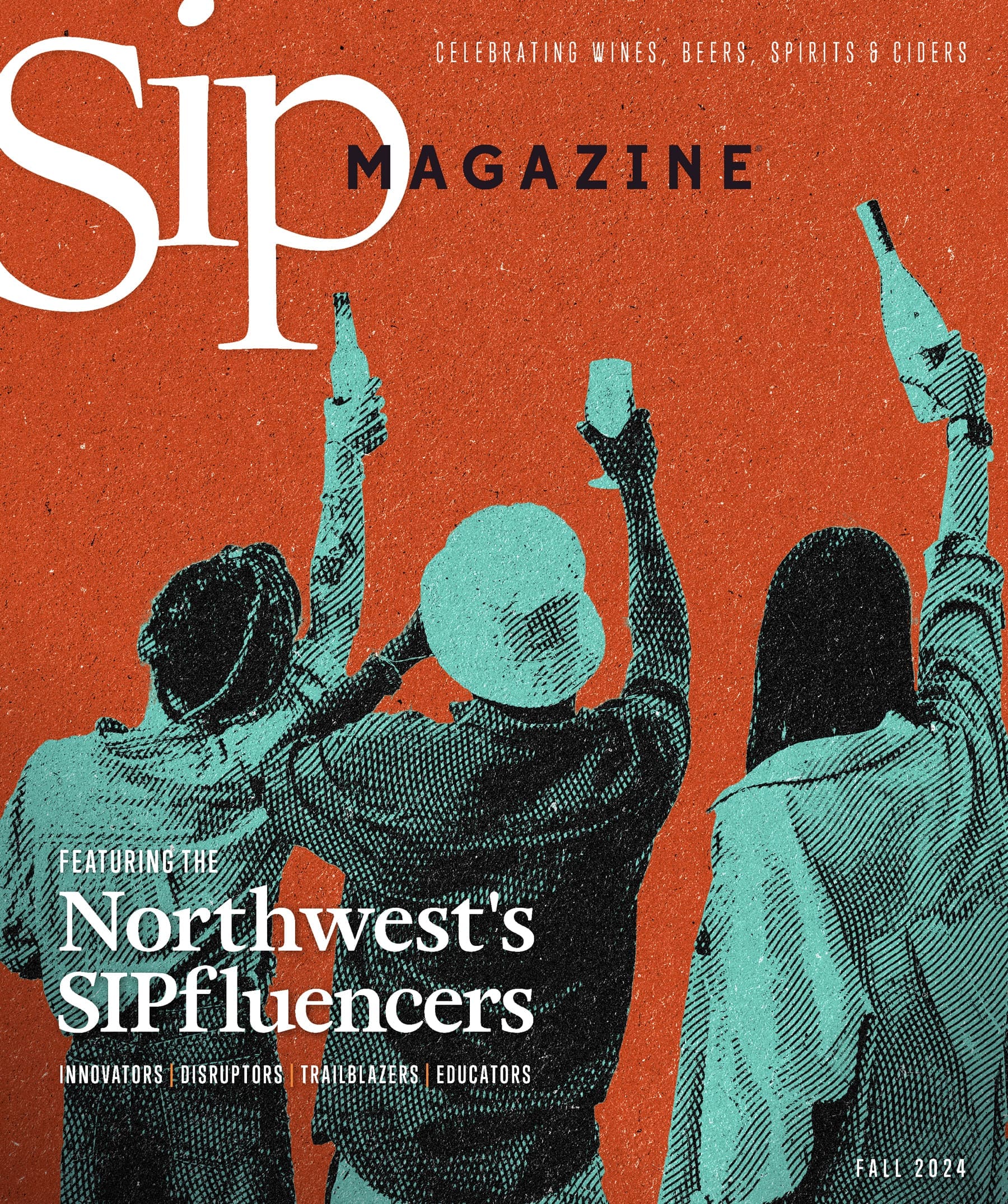Scorching hot days bracketed by surprisingly cool nights. Higher elevation vineyards, often perched on steep slopes. Desert-like conditions requiring careful attention to water levels. What’s that sound like? Washington wine country of course, but it also refers to a number of growing regions in Spain. The more I’ve explored Spanish wine, the more certain I am that it can and should serve as a model to many Washington winemakers, even if they don’t quite know it yet.
It starts with the grapes. Taking a more Spanish approach to wine could come in a few different forms. The simplest is already happening, as the major red grapes of Spain are starting to get more attention here. Plantings of Tempranillo, Grenache, and Mourvedre are increasing yearly within the state, and as they continue to flourish our winemakers will become all the more adept with them. White varietals might take a bit longer, though a few Albarinos are starting to pop up here and there, even if Viura and Verdejo are perhaps further in the future.
Time is of the essence. Learning from Spanish wine is about more than simply planting the same varietals and congratulating yourself on a job well done. The fundamental ingredient of Spanish wine is time, and figuring out how to integrate that into Washington’s wine industry will be a much bigger challenge than finding the right place to put a few acres of Graciano grapes.
The older the vine, the better. Time manifests itself in several ways, most notably in the age of the vines and the age of the wines. Spain obviously has a massive head start on vine age, but as the industry in Washington matures that gap will, if not disappear, at least recede in importance. While we wait for that to happen though, winemakers can and perhaps should look at time as a critical ingredient in winemaking.
“Current” means matured. It’s perhaps a bit of a cliche to talk about the slower-paced nature of life in Spain, but there’s no doubt that the timing of winemaking is different from that in the US. Spanish wines are often subject to stringent aging requirements that necessitate long time-lags between a vintage and its eventual release. While many local wineries are preparing to release their 2014 reds, the “current” vintages for certain Spanish bodegas are often a decade or so in the past. Given that many Spanish reds are aged for a year or more in barrel, and that long aging regimen means that by the time the bottle reaches the consumer it’s had a chance to fully integrate in a way that domestic wines won’t, unless the buyer makes the conscious decision to hold on to it, and store it properly.
Economics, and the simple fact that most people buy wine to drink immediately, work against the Spanish model. Yet I’d love to see at least a few Washington winemakers look to time as an ally, and not an enemy, in their attempt to fashion world-class wines in the Northwest.


